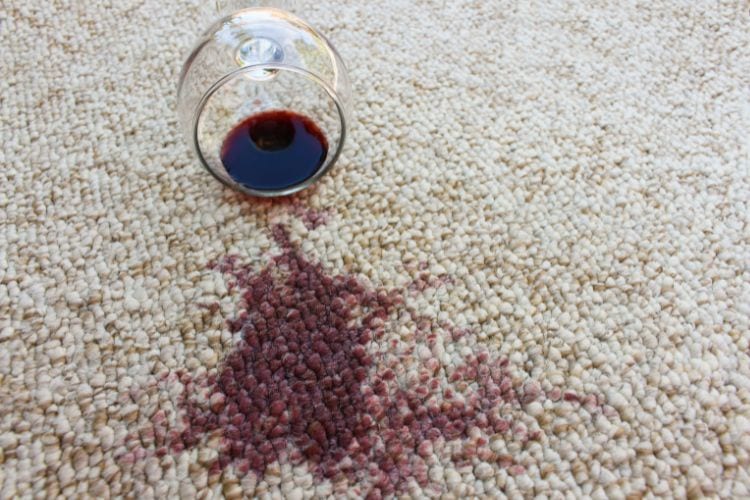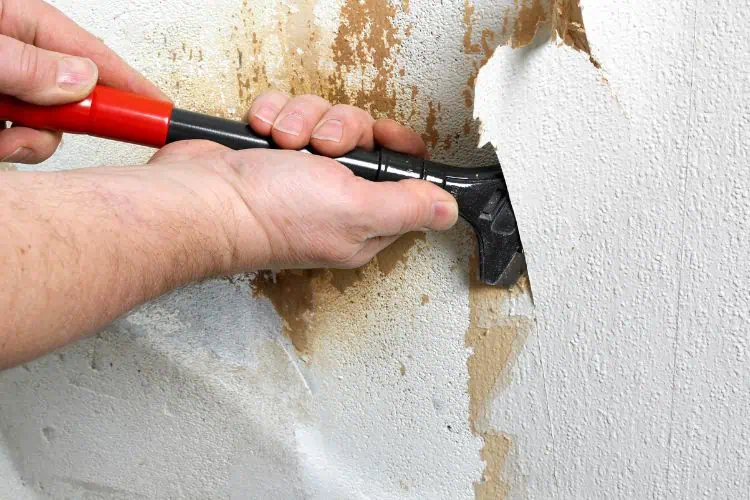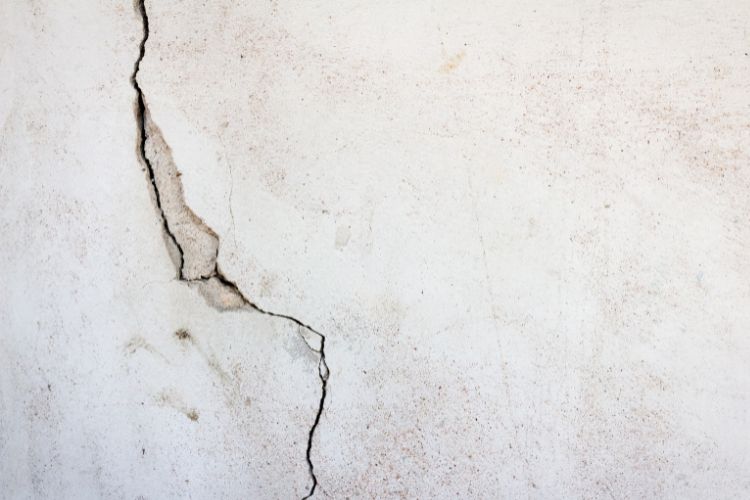No matter how careful you are, you should always be prepared for accidents and mishaps in a household, whether they’re a simple spill or massive damage that requires professional repairs.
However, when such a scenario occurs in a rental property, there’s always a looming confusion about who’s liable, and that’s where this guide comes in handy!
In today’s article, we’ll walk you through everything you need to know regarding accidental damage by the tenant and who should pay to fix it.
What Qualifies as Accidental Damage in a Tenant Agreement?
First, we must clarify the various types of damage that can happen to a rental apartment and how accidental damage differs from other forms.
Accidental damage refers to any unforeseen or unintentional harm caused to the property by the tenant. It can also include any form of damage that results from negligence or lack of attention or care to the property.
Accidental damage by the tenant isn’t exclusive to the tenant alone, but it can also extend to their household members (including pets) and/or guests. It can also take a range of forms and vary in degrees of severity, including
- Spills and stains
- Burns and scorch marks
- Heavy scratches or dents on appliances or surfaces
- Leaks or water damage caused by accidental misuse
- Breakage of fixtures and windows
- Holes in walls
Additionally, accidental damage can also involve some forms of faulty repairs that are either below standard or lead to further damage to the property.

Who is Responsible for Accidental Damage in a Rental Property?
In Queensland, tenants are responsible for damage that they inflict on a rental property, whether it’s caused accidentally or intentionally.
Keep in mind that accidental damage as well as damages due to negligence includes any harm caused by the tenants themselves in addition to their visitors, dependents, or pets.
In that case, the tenant will be liable to pay for the repairs necessary to fix the damages. Landlords can use the following methods to charge tenants for accidental damage:
- Deducting the cost of repairs from the security deposit
- Claims made through the tenant’s liability insurance
- Charging the tenant directly
If the tenant fails to pay for the repairs necessary to fix accidental damage, it’s considered a breach of contract, and the landlord has the right to pursue legal action against them.
What Kind of Damage Is the Landlord Responsible for?
While tenants are held liable for the damage they cause to the house, there are some types of damage that are the landlord’s responsibility to care for.
For starters, the landlord is responsible for ensuring the property is fit for residential tenancy, which means they must maintain it in habitable condition. They should also conduct regular inspections to ensure that.
Additionally, any damage that results from fair wear and tear is the landlord’s responsibility. This includes damage that happens over time, even with careful use, such as:
- Fading paint
- Cracking walls as buildings settle
- Worn carpets and minor scuffs
- Cracking window panes due to old warping frames
The Process of Fixing Accidental Damage in a Rental Property
Here’s a brief rundown of the process of investigating and fixing accidental damage in a leased property.
First, the causes and circumstances of the damage are investigated by reviewing evidence and speaking with relevant parties.
After that, the damage is assessed to estimate the required fixes. This is also necessary to establish the cost of repairs. Once the party liable for the damage is confirmed, they’re charged for the repairs.
It’s also worth noting whether a property manager can enter your home to resolve such issues.
Does Contents Insurance Cover Accidental Damage?
Both renters and landlords can apply for contents insurance to cover damage to their belongings under a rental agreement. However, the exact terms and conditions will vary between insurance providers.
In most cases, accidental damage won’t be directly covered in such policies, but it’s often added as an optional add-on for an extra fee.
Instead, renter insurance typically covers aspects like legal liability, theft, vandalism, fire damage, etc.
That being said, renters insurance doesn’t cover all types of damage. For example, the following forms of damage are typically not covered by insurance:
- International or malicious damage
- Damage that resulted from illegal activities
Important Notes to Keep in Mind Regarding Damage in Rental Properties
Now that you know more about accidental damage and who pays for it in a rental agreement, here are some additional tips to keep in mind.

Tenant and Landlord Liability May Vary From One State to Another
While the general regulations regarding tenant/landlord relationships are similar across Australia, they can still vary from one place to another.
Each state has its own residential tenancy legislation that outlines the rights and responsibilities of both tenants and landlords, so make sure that you consult local authorities and qualified professionals if you have any specific questions about your rights and responsibilities as a tenant or landlord
Report the Damage to Property Managers As Early As Possible
While it might seem tempting to cover up any accidental damage, it’s usually best that you report promptly.
This is because some damage requires urgent repairs to prevent developing into a bigger problem.
Certified property managers can assist both tenants and landlords by providing a variety of personalised services acting as mediators between different parties, and liaising with repairmen.
A Leave without Notice Doesn’t Excuse Co-Tenants for Damage
Property managers can also offer guidance and support to tenants and landlords throughout the process, explaining their rights and responsibilities related to accidental damage.
For example, if the accidental damage is caused by a co-tenant who isn’t paying rent, it’s still collectively the co-tenants’ responsibility to pay for the damage.
Wrap Up
Navigating disputes about damage between tenants and landlords can be quite complex and stressful. For that reason, proactive approaches and proper communication are always important to avoid conflicts.
Since the tenant is the part often responsible for paying for accidental damage, applying protective measures around the property can go a long way in saving them a lot of trouble and financial losses.

